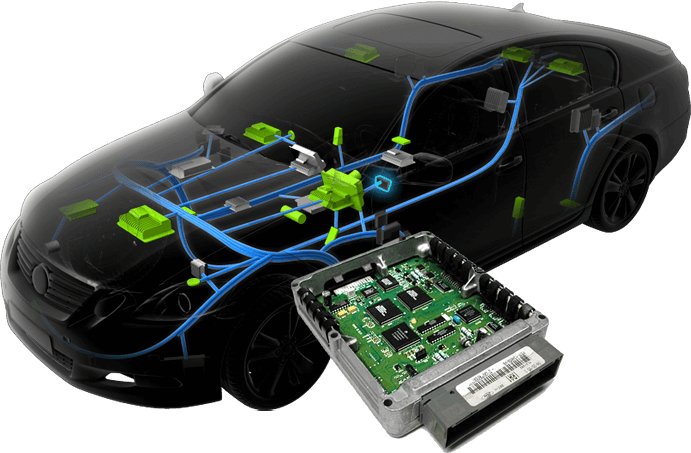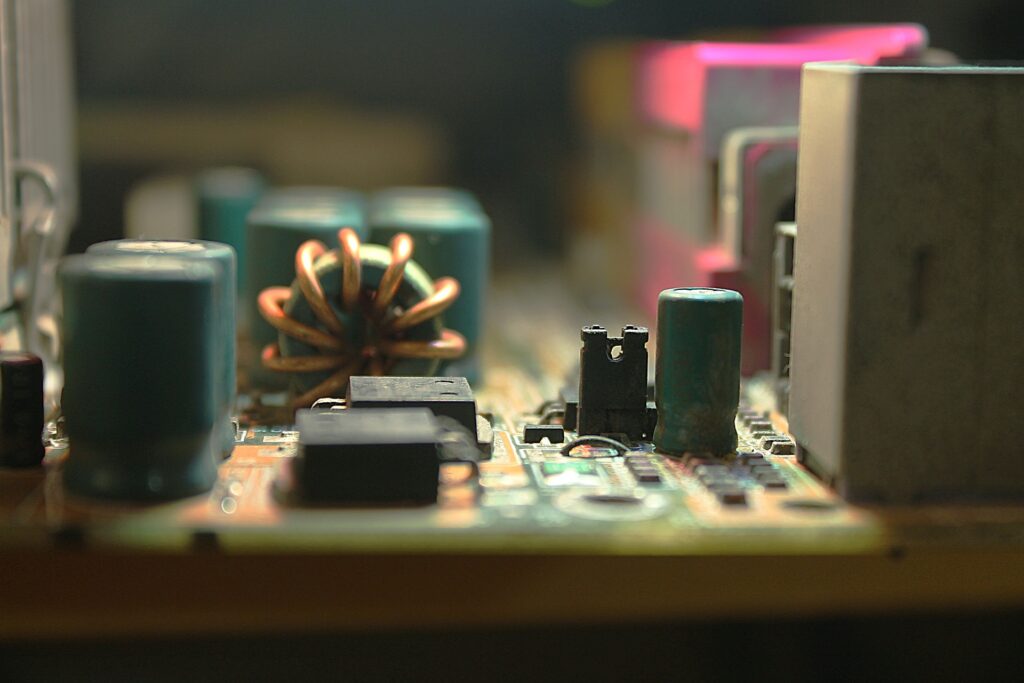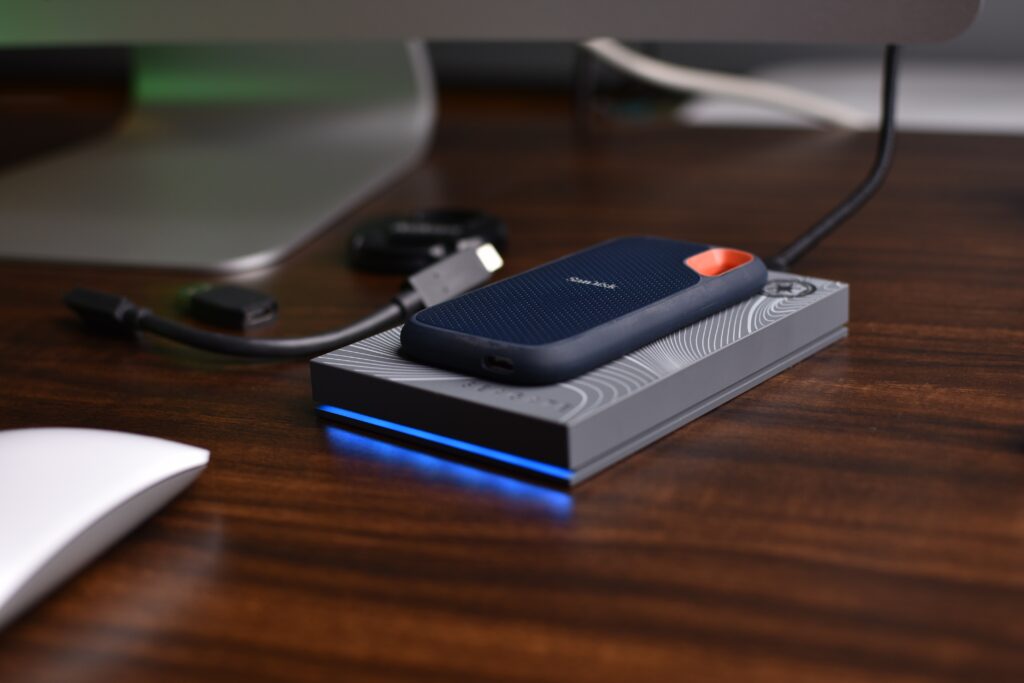MCAL layer in Autosar
MCAL Layer in Autosar: The MCAL layer is responsible for controlling the microcontroller hardware peripherals, such as ADC, SPI, CAN,LIN,FLS,timers and others. It provides standardized interfaces to the higher-level software layers, such as the device drivers and the operating system. This standardization allows for easier development of automotive software, as software developers do not need to have knowledge of the specific hardware being used.








